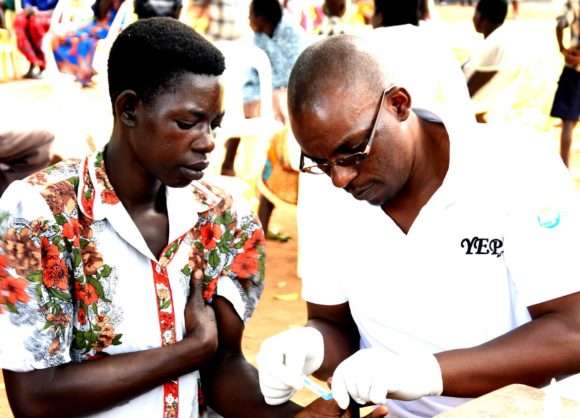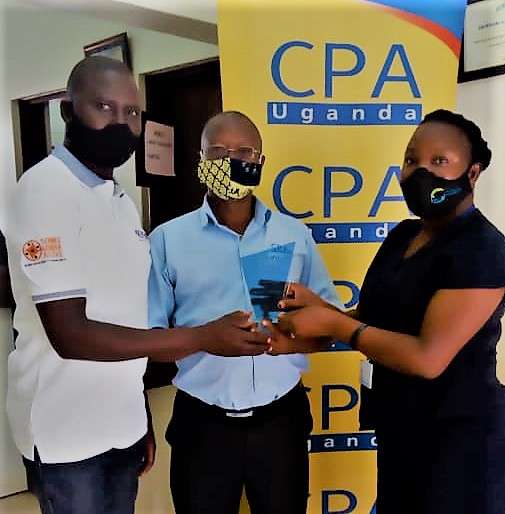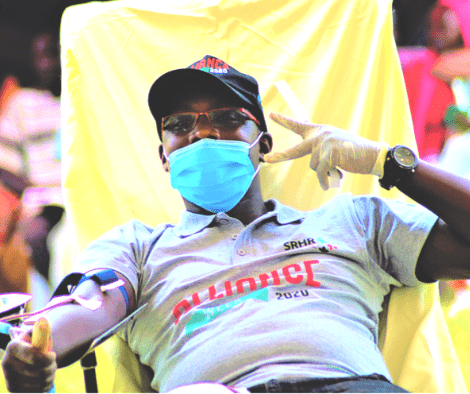Communication for Advocacy (CAP)

About the Project:
Communication for Advocacy Project (CAP), is a project run under the advocacy and communications unit, and is implemented at all Reproductive Health Uganda (RHU) branches. The project, which draws its focus on mainly media and communications engagement, aims at increasing awareness, importance, understanding- and improving access to and use of- sexual reproductive health and rights (SRHR) services, information, and supplies by increasing funds, increasing services/commodities uptake among policymakers and consumers.
Project Goals & Objectives:
The goal of the project is to increase awareness, importance, and understanding and improve access to and use of SRHR services, information, and supplies by increasing funds, increase services/commodities uptake among policymakers and consumers
Specific Objectives:
- Increase awareness, understanding and importance of SRHR services among policy makers/leaders and consumers
- Strengthen documentation of SRHR issues


CAP is a far- reaching project, as it targets different groups of people that are potential stakeholders in increasing awareness and uptake of SRHR services. These include men, women, young people, and policy makers to mention but a few.
The project acknowledges and addresses the need for more advocacy and communication, in order to draw the attention of different stake holders (especially policy makers), to not only improve on the SRHR policy environment, but also increase the funding for SRHR services.
CAP aims at increasing the access to accurate and appropriate SRHR information and services, by using effective communication and advocacy strategies to create, increase and strengthen awareness and understanding of SRHR services and the how to curb down the issues and challenges surrounding it.
In order to accomplish this, RHU has set out to accomplish the project’s goal by implementing various activities that are tailored to each objective. The outcomes that have resulted from implementation of these activities have played a unique role of creating demand and building consciousness about the importance of SRHR at both local and national level and amongst all key stakeholders in SRHR development. Following the annual report of 2019, some of these outcomes include;
- 720 radio spots messages, jingles, deejay mentions and radio announcements were run on local FM radio stations in six districts of Kampala, Mbarara, Mityana, Kabale, Luwero and Fort Portal. In addition, 9 radio talk shows were run in 2 of these districts. These supported in demand creation and mobilisation for services at the respective RHU clinics and outreach activities – e.g. in Luwero radio announcements were used to mobilise clients for 33 outreach activities over a period of three months.
- An article about RHU’s interventions published in the ministry of health annual health sector magazine. Over 5000 copies of this magazine were produced and distributed to different stakeholders and partners. This is contributing to RHU’s visibility at national level and supported our advocacy efforts especially with the Ministry of Health
- Produced an assortment of advocacy and IEC materials including pull up banners, PVC banners, tear drop banners, brochures and briefers. These are being used at different RHU events and advocacy engagements at different levels
As we continue to work towards our goal, we continue to Increase budget allocation to communication interventions to facilitate radio programmes especially for radio talk shows in order to improve radio engagements for more dialogue and understanding of the issues with direct feedback from the public. By doing so, this will contribute to increasing RHU visibility and reputation, and improve community sensitization on SRH issues and in the long run increase awareness, importance, and understanding and improve access to and use of SRHR services, information, and supplies by increasing funds, increase services/commodities uptake among policymakers and consumers.
